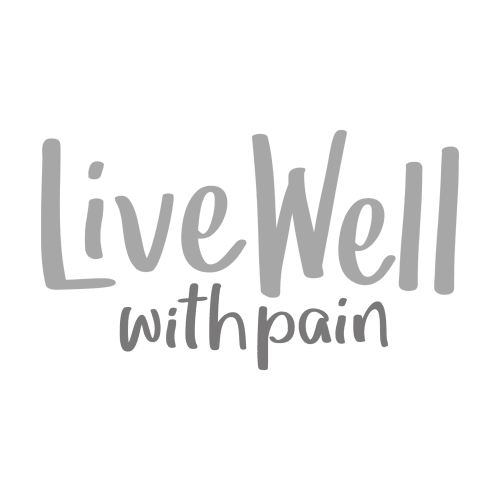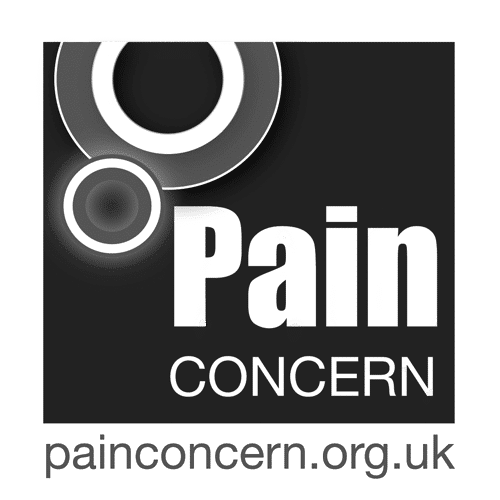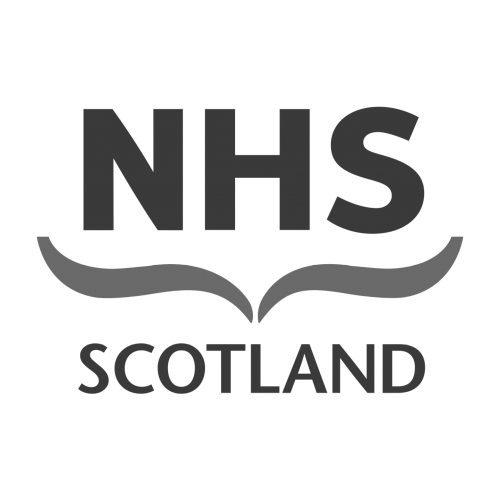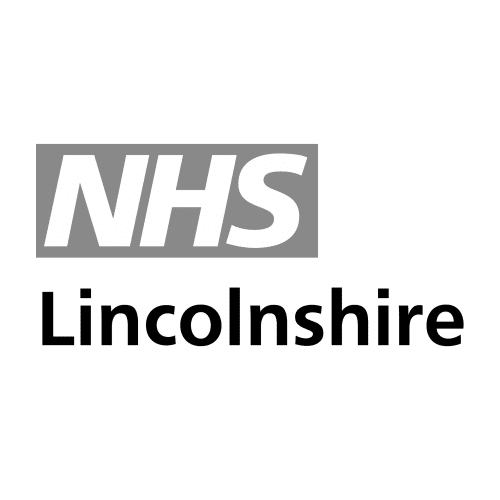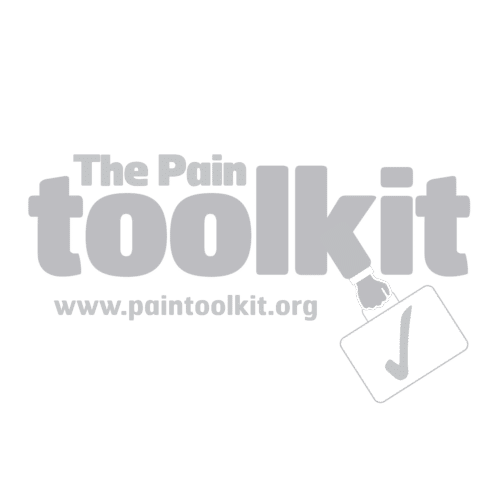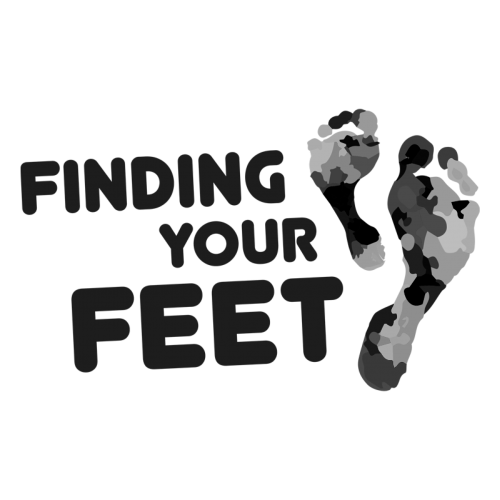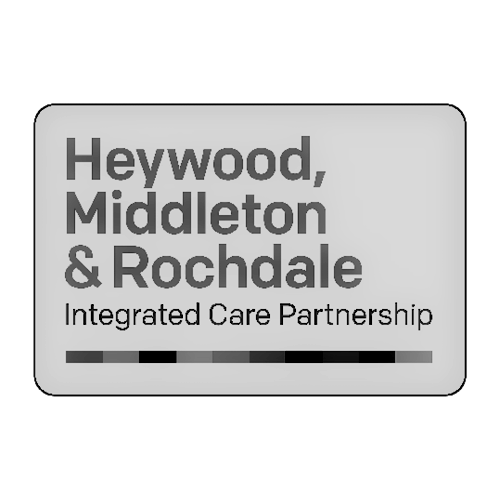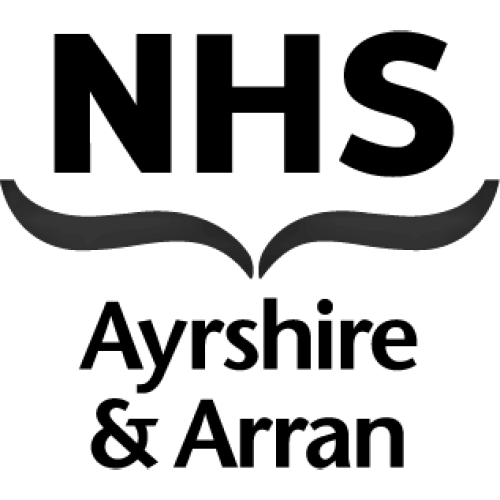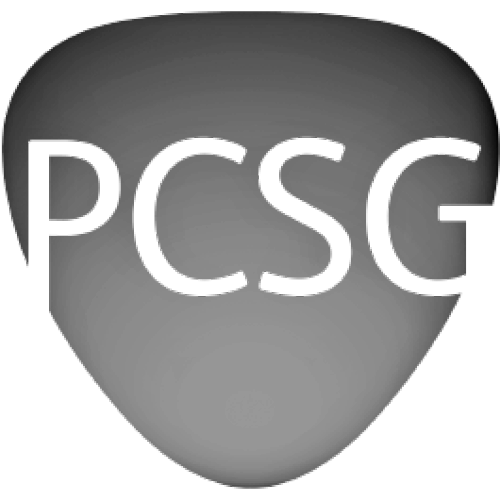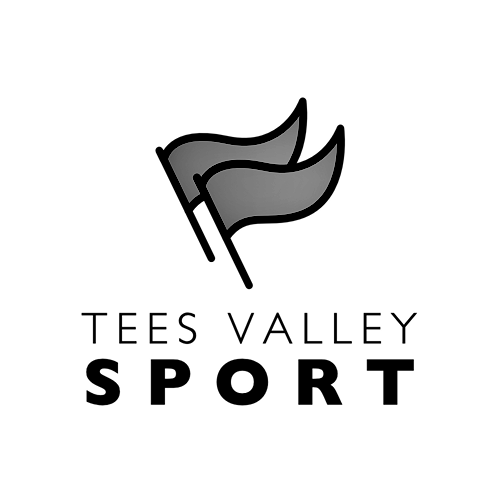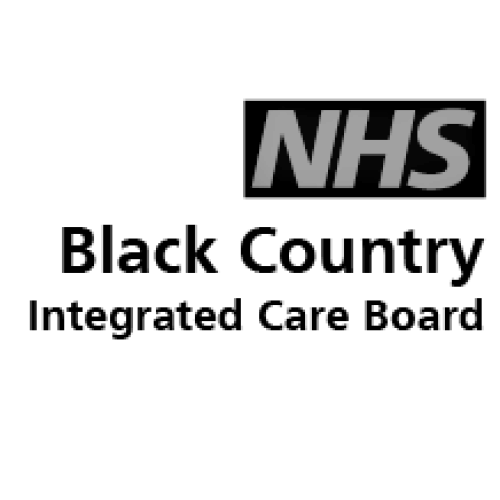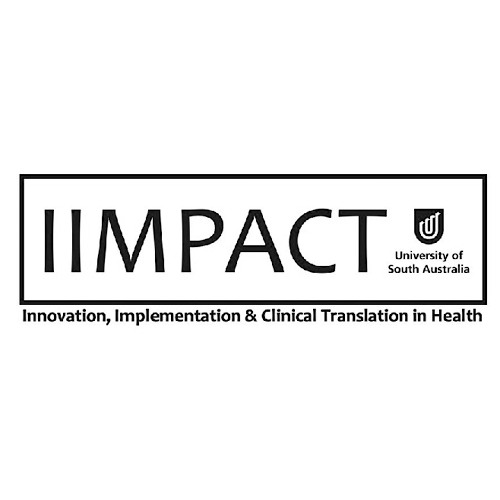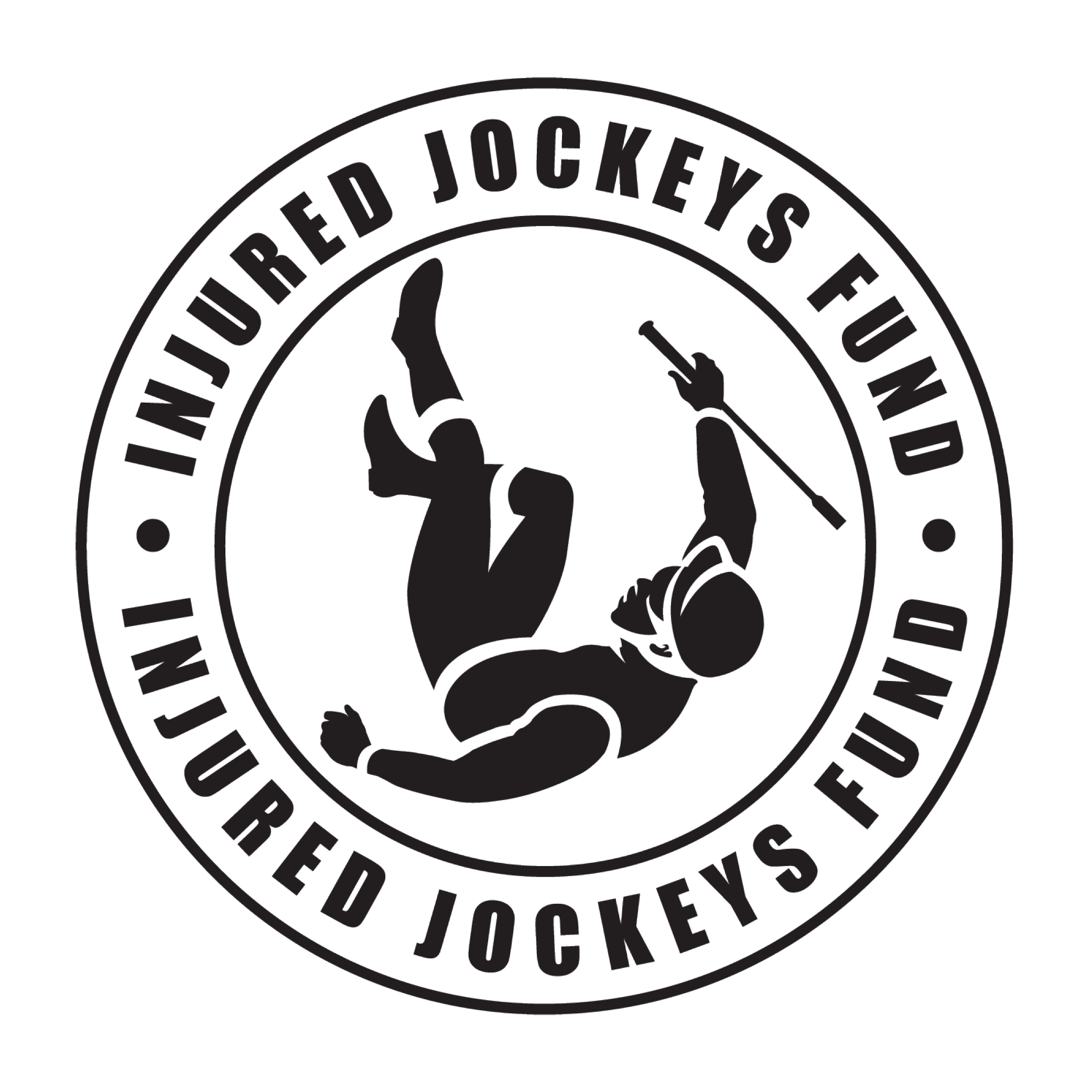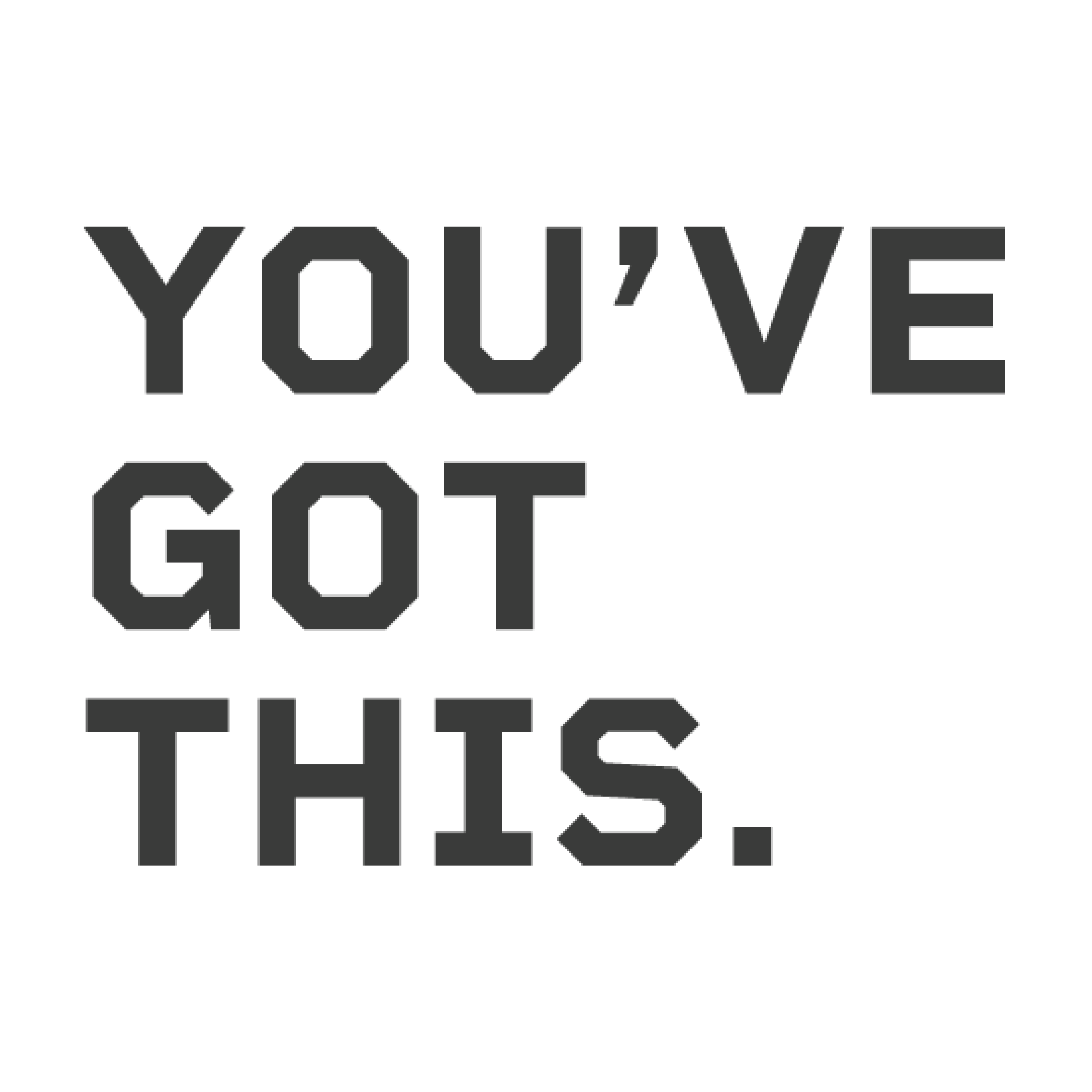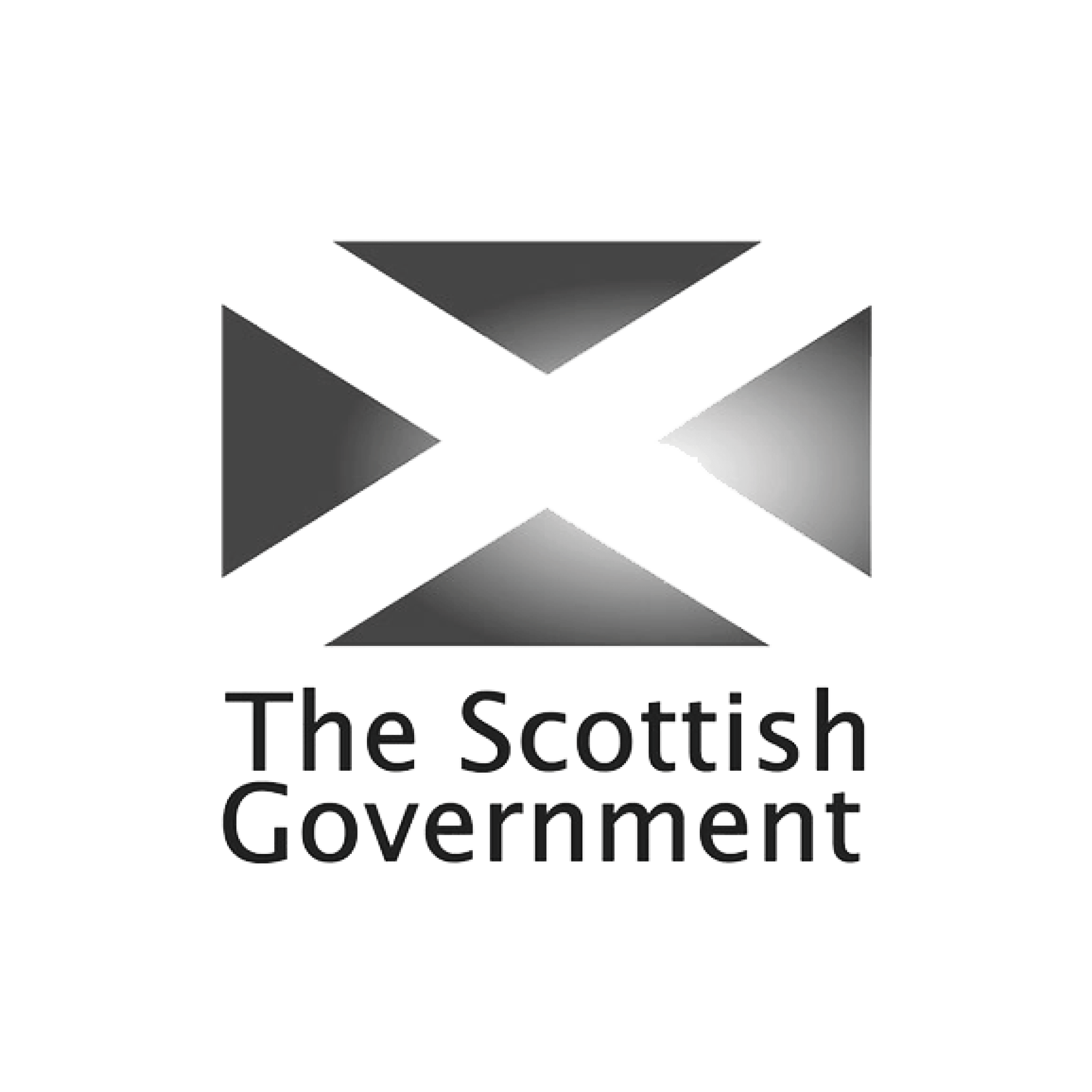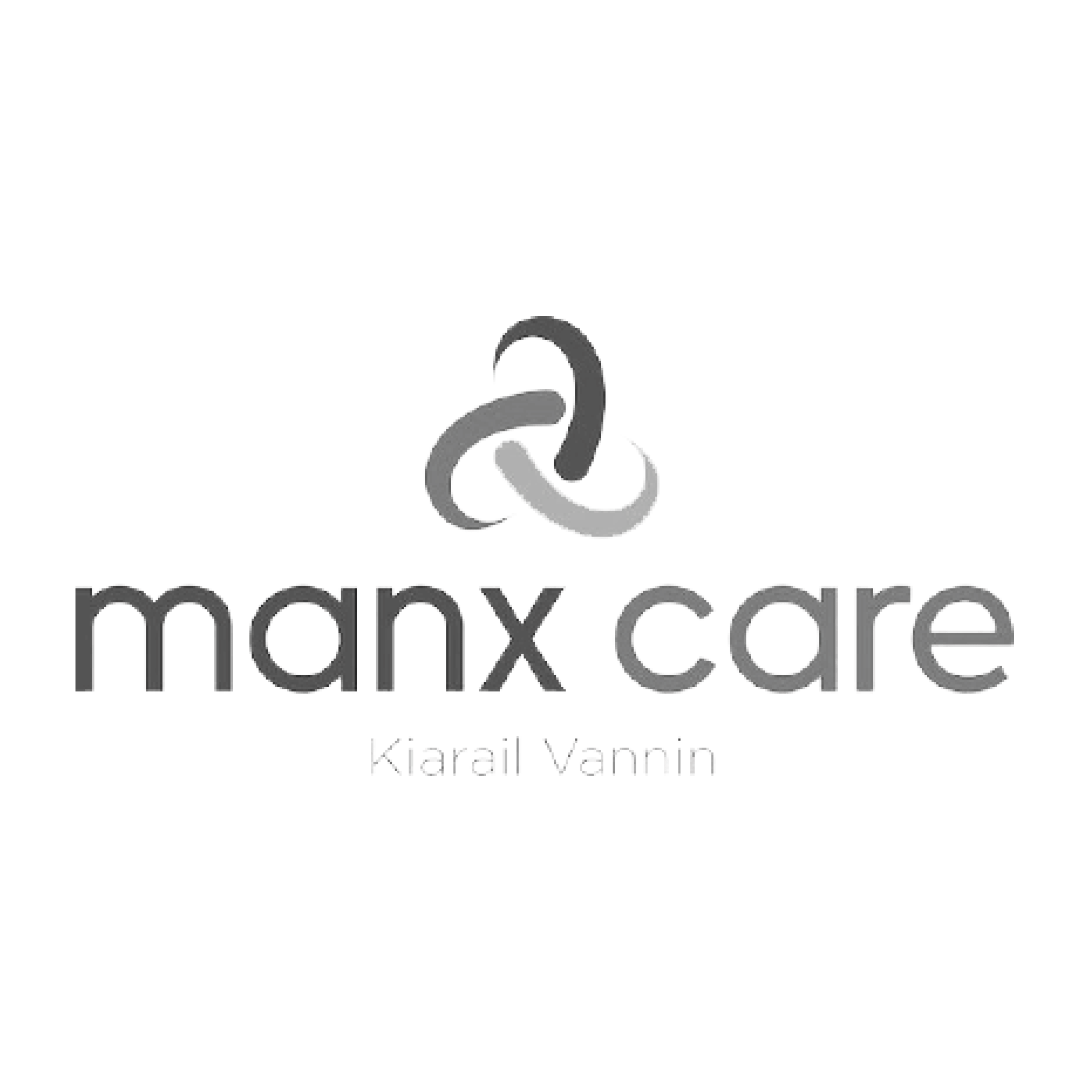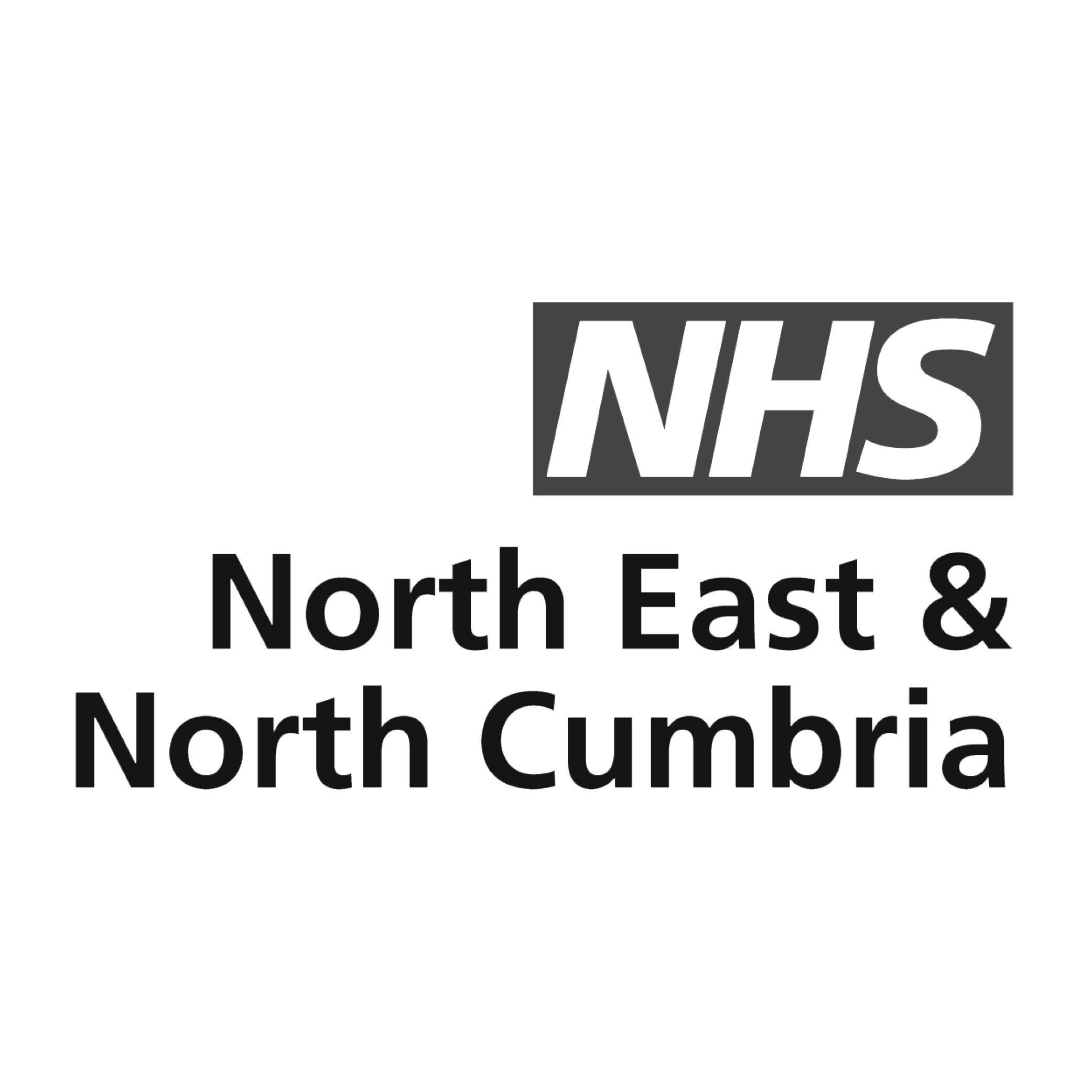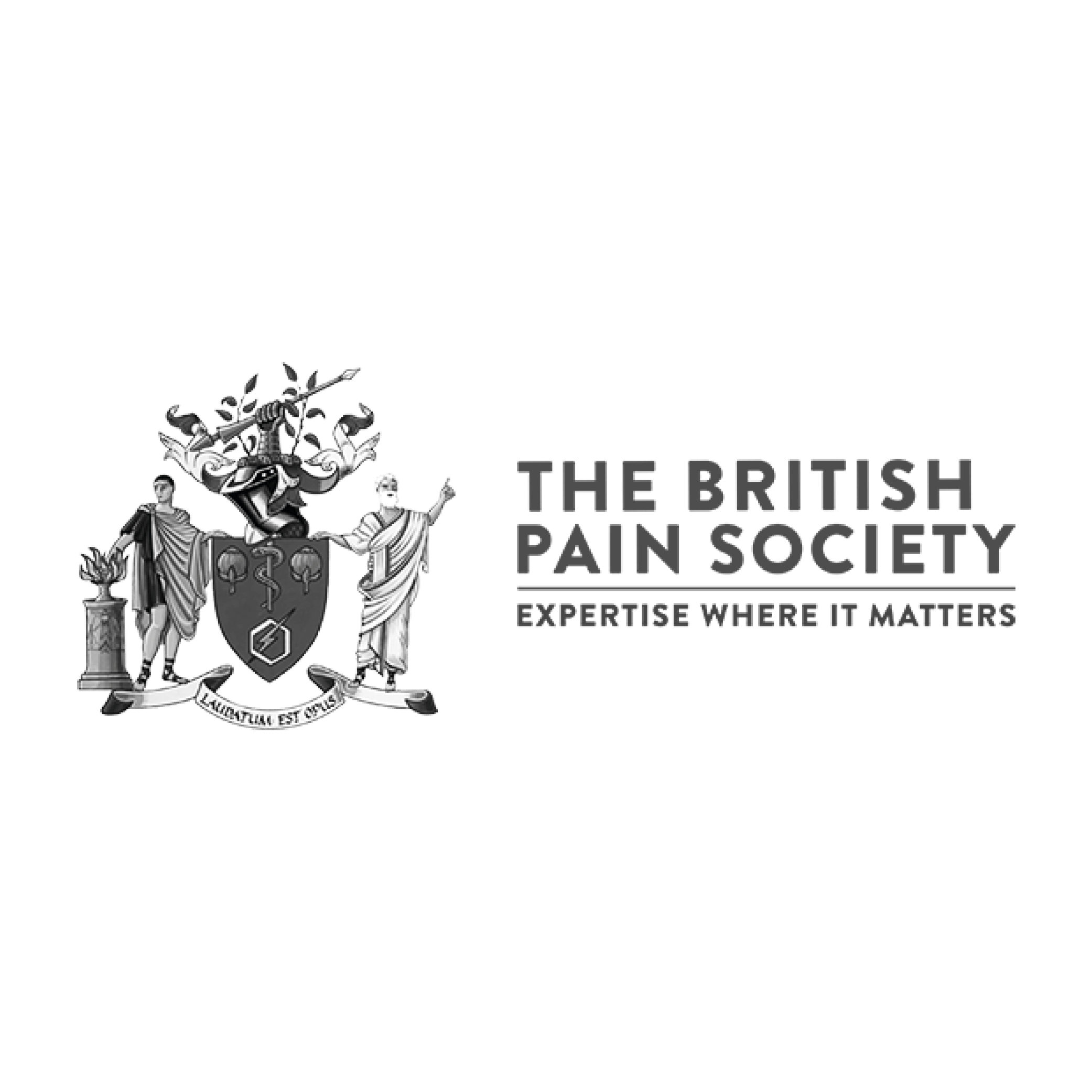“I Thought I Was Broken”: Narinder’s journey from fear to recovery
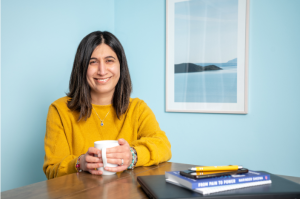 Narinder was full of energy, juggling a busy job and life as a mum of two: but pain became her whole world. She tells us how understanding her pain helped her to dial down the volume of pain.
Narinder was full of energy, juggling a busy job and life as a mum of two: but pain became her whole world. She tells us how understanding her pain helped her to dial down the volume of pain.
“My pain started slowly in 2017, not long after my first child was born. I also suddenly lost my dad. I began having migraines every couple of weekends. Not just a dull ache, but full-blown, ‘lie-in-a-dark-room-for-hours’ migraines. I assumed they were from lack of sleep and stress. I mean, I had a new baby, I was grieving, I’d gone back to work, and I was commuting long hours. I just thought, “this is what life looks like now.” I didn’t realise it then, but my body was trying to get my attention.
“In 2019, I had my second child: a traumatic birth in the back of a car. It was terrifying. At the time, I was mostly angry, and I pushed on. I didn’t process any of it.
“Seven months later, I started getting pain in my right ankle. There was no injury, no obvious reason, just this odd discomfort. I went to the GP who referred me for physio on Zoom (this was during lockdown). I did one simple exercise with a tennis ball, and suddenly, pain shot from my ankle to my lower back. It was so bad I could barely breathe. Worse than childbirth.
“The pain became constant. I had electric shocks down my legs, tingling in my arms and hands. I couldn’t sleep. I had to try and sleep in a separate room from my baby. I was terrified something was seriously wrong. I spent every spare moment Googling symptoms, looking for answers. But I couldn’t find anyone who had one. I felt desperately lonely.
“I just wanted to know what was wrong with me.”
“I tried everything. Chiropractors, physios, acupuncture, creams, gadgets, supplements, you name it. One professional thought I had a slipped disc. Another said I needed surgery. I felt like a puzzle no one could solve.
“Then I stumbled across a book called Healing Back Pain by Dr. John Sarno. I read it in a single night. It was like reading my story. Stress, suppressed emotion, personality traits: it all made sense. But I still didn’t know what to do with that information.
“Eventually, I found a physiotherapist who specialised in mind-body recovery.”
“In our first session, she said, “This pain is from a stressed nervous system. Your body is protecting you. You’re not broken.” No one had ever said that before. She told me something that stuck: “You have to believe you’re going to be okay.”
“So I started learning everything I could about the nervous system, pain science, and the mind-body connection. I began journaling. I moved my body gently each day, even if it was just a minute. I visualised walking with ease. I tracked the small wins, even if they felt insignificant. And I stopped doing anything that made the fear worse. I chose hope over fear.
“I had an MRI, and the results were frightening.”
“I was told I had a “severe central disc prolapse” and received a referral to spinal surgery. A few months earlier, that would’ve broken me. But by then, I’d learned so much. I understood that structural findings don’t always explain pain. I’d read stories from people with similar scans who were completely pain-free.
“I reached out to clinicians who understood pain from a biopsychosocial perspective and read everything I could. I got reassurance. I reminded myself that pain doesn’t mean damage. It means protection.
“A few days after that scary diagnosis, I walked more comfortably than I had in a year. Nothing else had changed. It was my belief that shifted.
“Healing wasn’t easy: but it was possible.”
“It wasn’t a straight-line recovery after this. There were setbacks. But slowly, things changed. I started swimming again. I could walk further. I even danced around the house with my kids. I stopped living in fear and started trusting my body.
“I also started processing old emotions I’d buried for years: childhood trauma, perfectionism, people-pleasing. I realised how disconnected I’d been from myself. My pain became a teacher, not an enemy. And through it all, I kept this one message close: “You’re safe. You’re not broken. You can heal.”
“Now I’m helping others.”
“I’ve since become a full time coach, with a focus on neuroscience and positive psychology. I run free pain support groups online. I speak to others about their stories, just like I’m sharing mine now. I do this because I know how lonely it feels, and I know how desperate it can get. But I also know that recovery is possible even when it feels out of reach.
“My message to others? Don’t compare your journey to someone else’s. Tune into your own story. Create safety. Be patient. You can recover.
“A quote from Tony Robbins really helped carry me through:
“The purpose of pain is to move us into action. It is not to make us suffer.”



